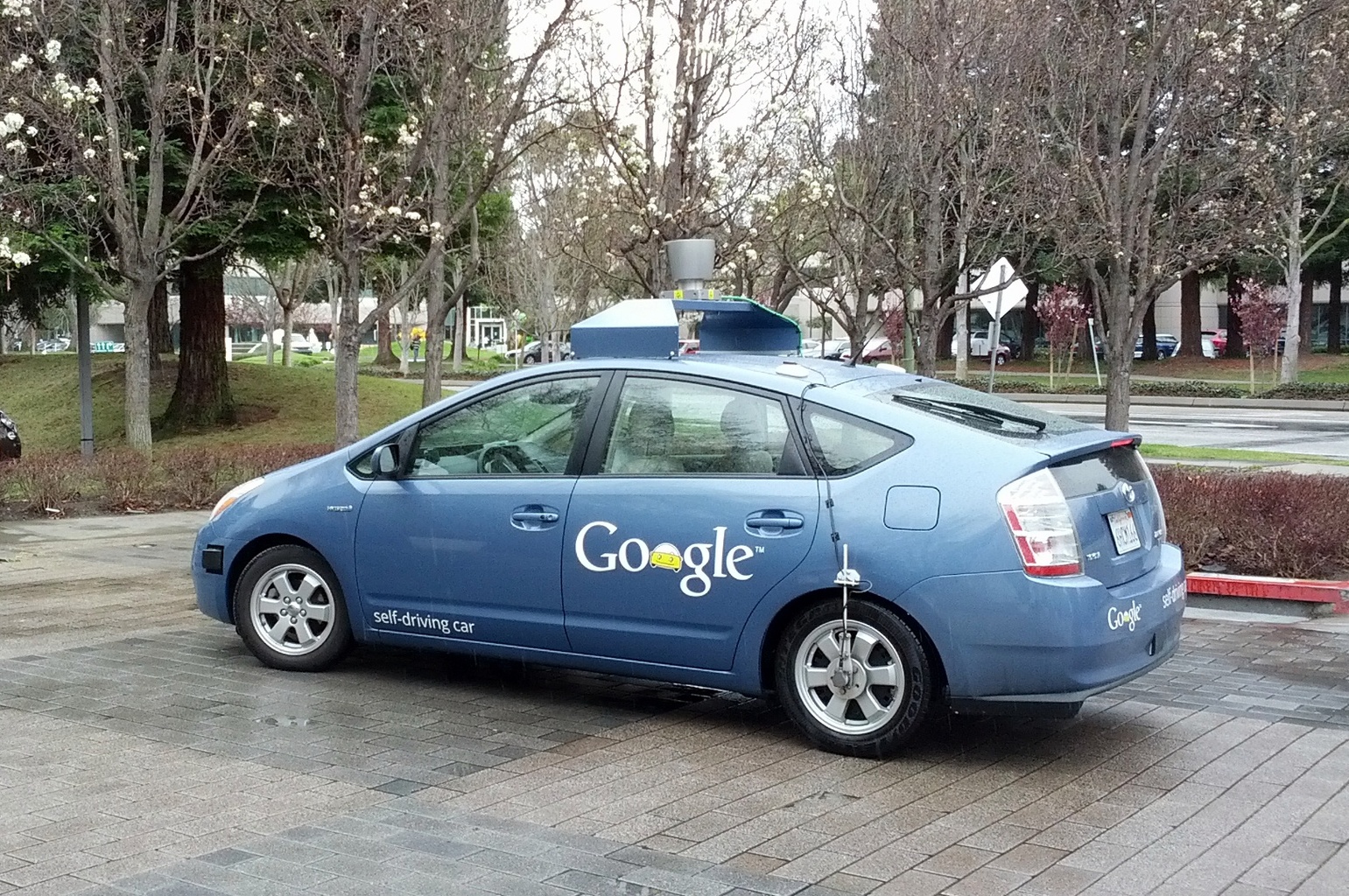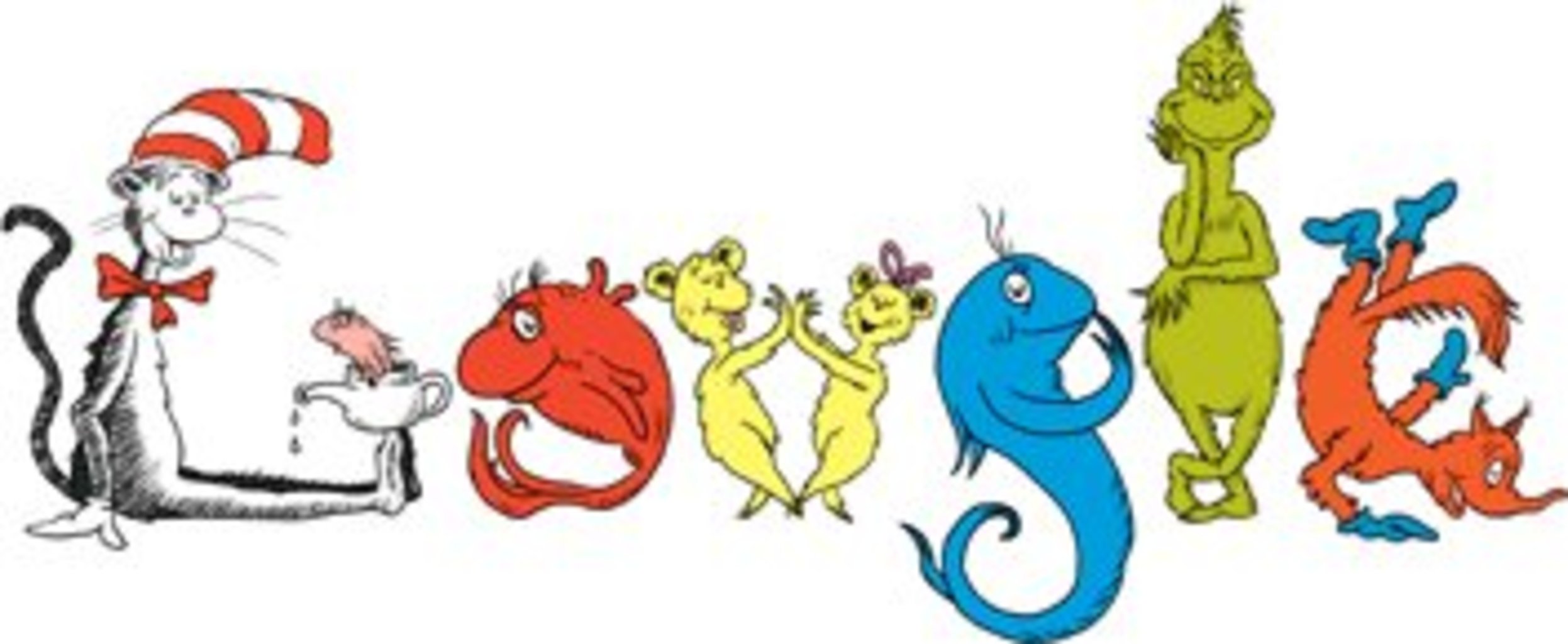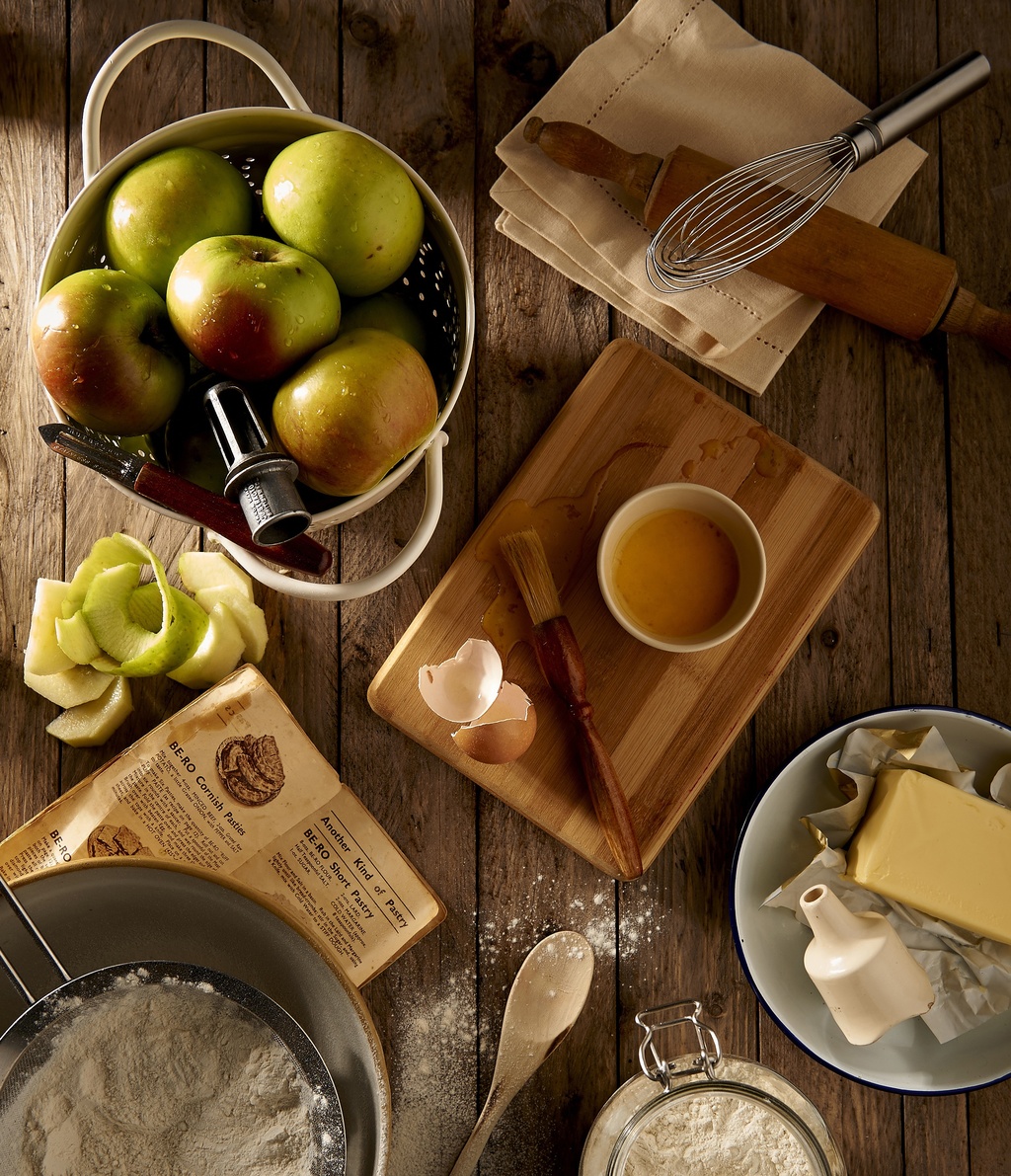Brand standards are incredibly strict. There are rules for typographic treatments, color palette, and logo placement, as well as editorial guidelines. The more exacting and explicit brand standards are, the stronger and more recognizable brands are in the marketplace.


But, rules are made to broken, as they say. So tear up your brand guidelines (well, set them aside for a minute, anyway) and learn why some of the most recognized brands in the world that have make the strategic decision to be flexible with their brand identities, and what you can learn from their campaigns.
Alliances
Brand alliances are tricky. When the prominence of one far outweighs the other, or when the cause for the alliance is unclear, brand identities can become muddy and their communications murky. Each of the brands has to bring something of equal value to the table. Alliances are especially effective when two brands unite behind a cause; this is the era of social responsibility, and consumers like to think that the purchases they make will have some kind of positive impact in the world.
One of the brands that has been the most effective at forming cause marketing alliances is the Susan G. Komen Foundation. The foundation has partnered with some of the most recognized brands in the world to drive support for breast cancer awareness and research.


Brands including New Balance, American Airlines, Walgreens, GE, KitchenAid, and Bank of America have raised more than $500 million for the foundation since 1999. The brands win, too—featuring the Susan G. Komen logo or ribbon alongside their own logos, or manufacturing their products in Susan G. Komen’s signature pink color, drive sales; customers feel good about buying from brands that support causes.
Susan G. Komen’s brand has become so supremely recognizable thanks to alliances with large brands that its identity is more distinct than some of its major corporate sponsors.
Creativity Above All Else
If a brand’s worth hinges on its creativity, it’s sometimes worth sacrificing consistency to meet the public’s expectations. Google, which has transformed itself from a search engine behemoth to a creative powerhouse (largely by devoting resources to its innovative “Google X” division, which develops “moon shots” projects like self-driving cars and smart homes) flexes its visual identity daily, in order to reinforce its reputation as an innovator.

To align the brand’s visual identity more closely with the desired creative direction of the whole, Google lets an army of creatives illustrate, animate, and create interactive games in place of the classic rainbow type logo. These Google Doodles can mark birthdays or anniversaries, or leverage momentum already building around current events.

With Google Doodles, the company is training its users to be delighted by its identity; the creativity of the Doodles has come to be equated with the company itself.
Brand Extensions
Sometimes a brand simply outgrows its original standards. HGTV and the Food Network are two examples of brands that started as one thing—television programs on the Scripps network—but proved to be so successful that they were able to offer their audiences additional product lines corresponding to their audience’s interests—in this case, home goods. HGTV now has home décor product lines and the Food Network offers a line of cookware that is sold at Kohl’s.


In both of these cases, the brand identity had to expand and shift to encompass the new products. Both brands had already established expertise in the home arena, but HGTV’s light, humorous tone had to shift a little to reassure consumers that its lamps, furniture, and appliances were going to be safe and long-lasting on top of looking stylish.
The Food Network’s challenge was slightly different: each star chef’s line of cookware had to match his or her personality—hence Guy Fieri’s tattoo-emblazoned skillets and Rachel Ray’s simple, streamlined olive oil pourers—while still upholding the parent company’s brand image. The successful end result was that the cast was painted as a big team or family—all very different personalities, but all part of the same clan.

Changing your brand’s logo, style, or voice should not be a decision made lightly. Brand communications have the most traction when they strongly, consistently mirror the values of the brand. But if you’ve built a solid brand identity, then it’s possible to make strategic alterations work in your favor.